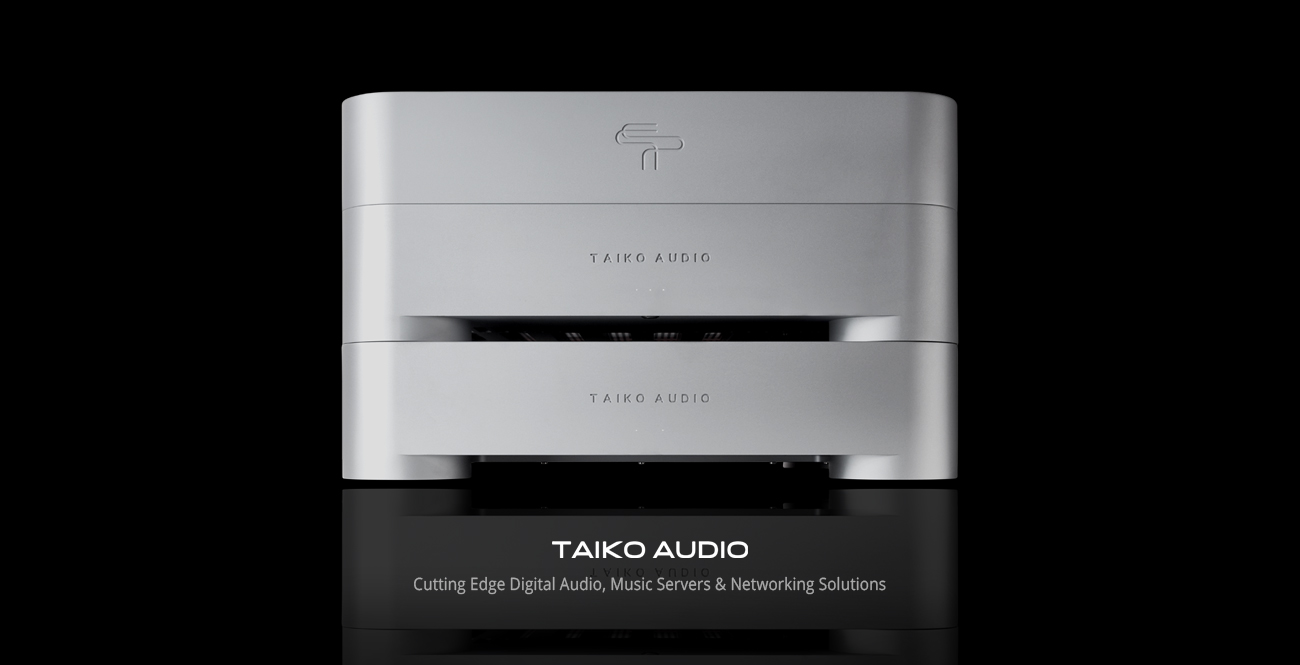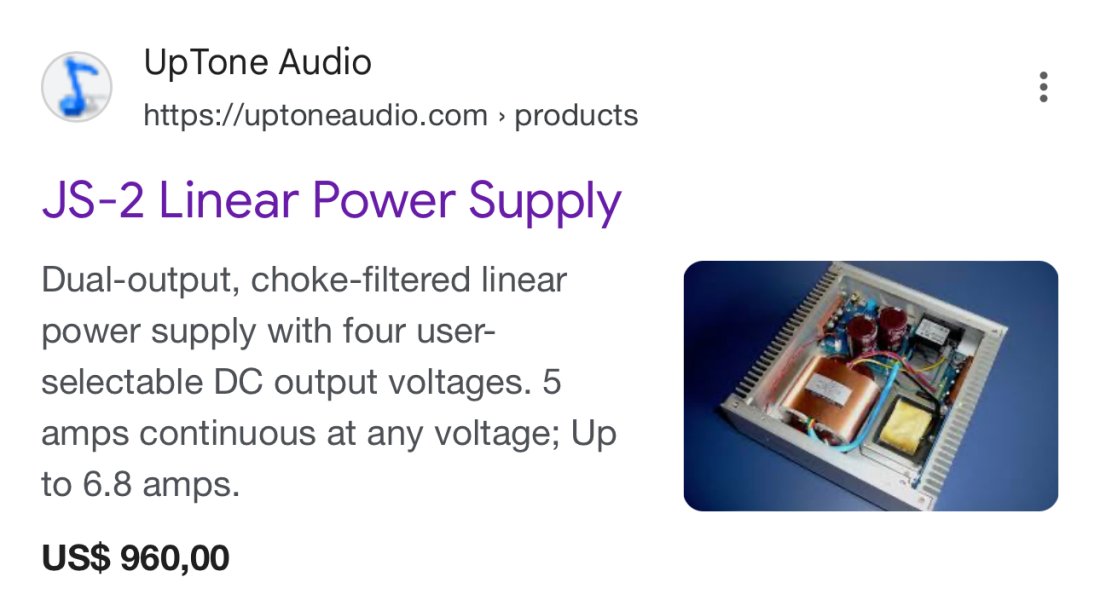Two independently adjustable, separately regulated outputs; Voltage choices are user set from the back panel: 5V, 7V, 9V, or 12V.
Guaranteed continuous current capability:
4.7 Amps at 5V
5.5 Amps at 7V
7.0 Amps at 9V
7.4 Amps at 12V
Instantaneous capability of up to 10A
That is a nice beefy LPS and perfect to run the trio of components.




